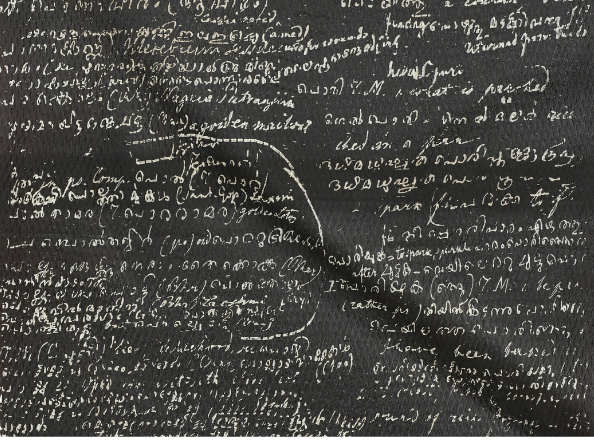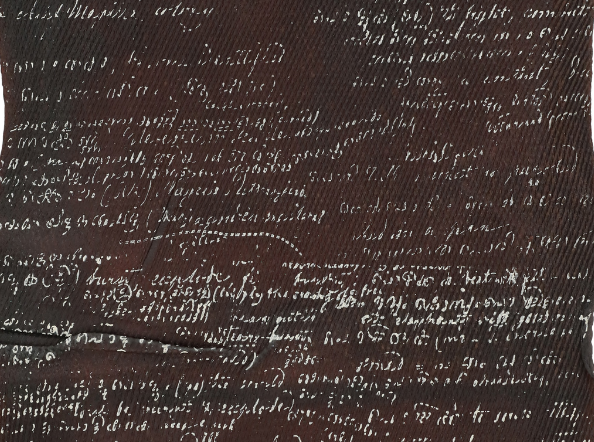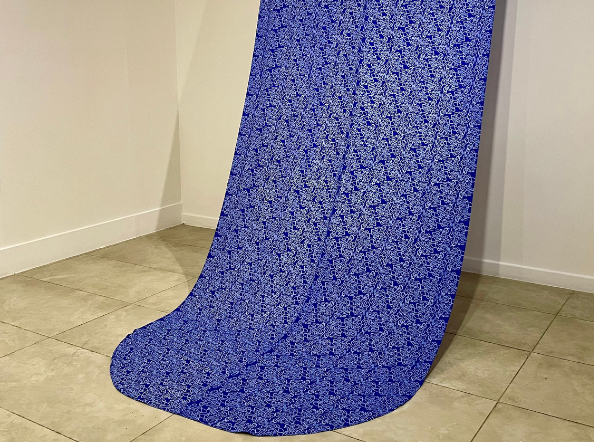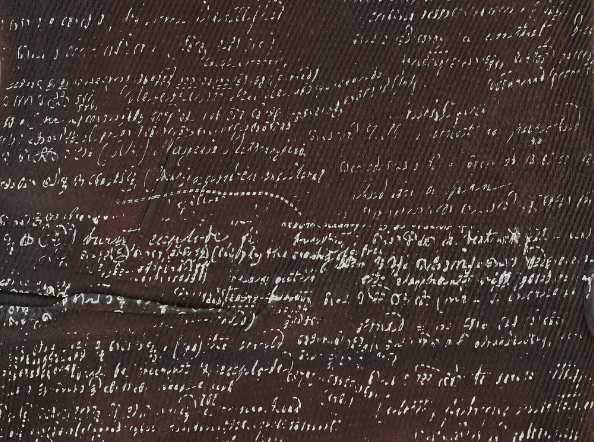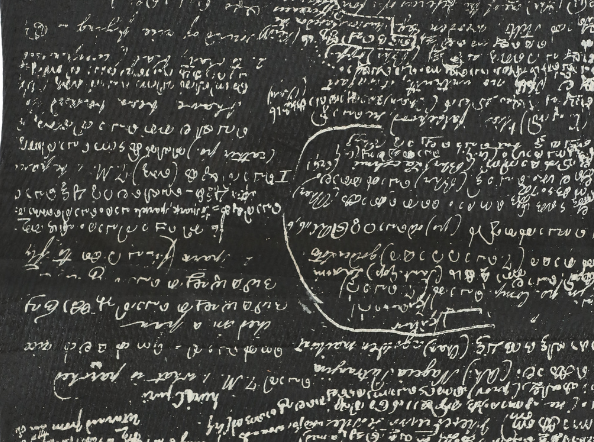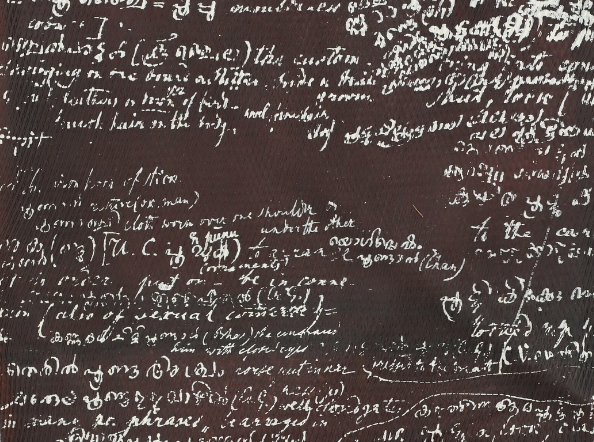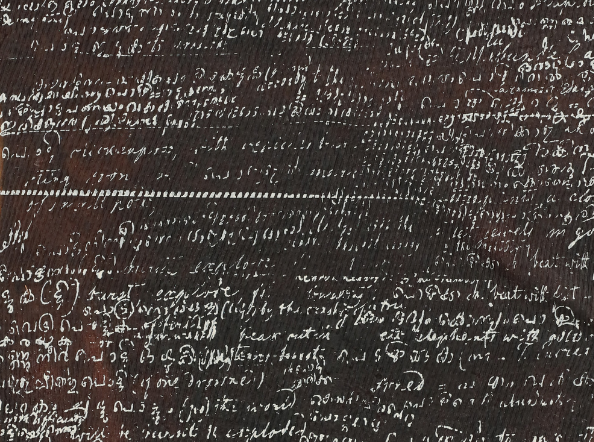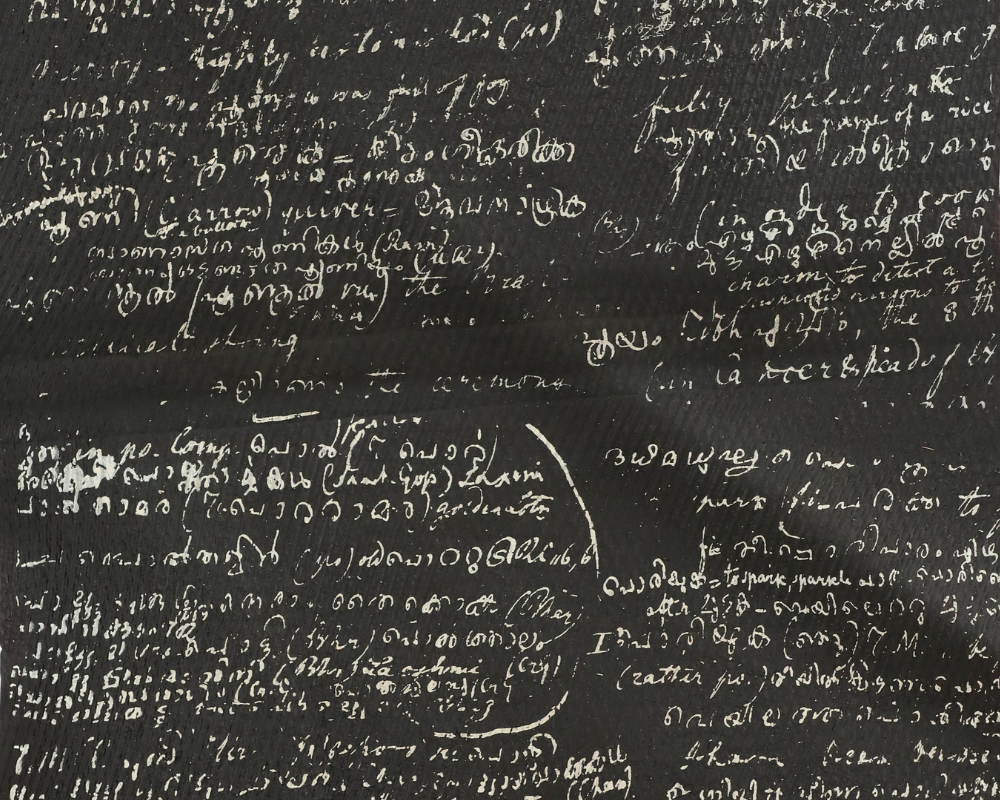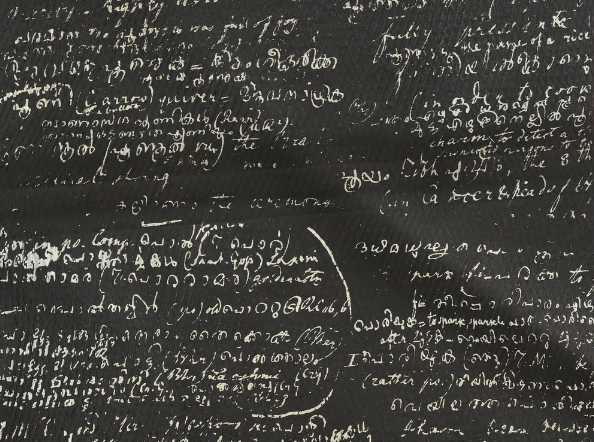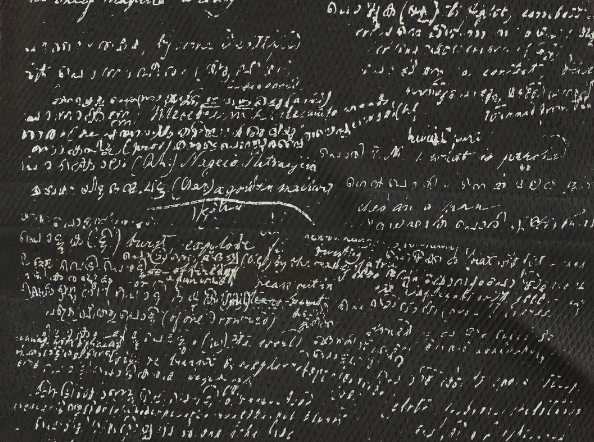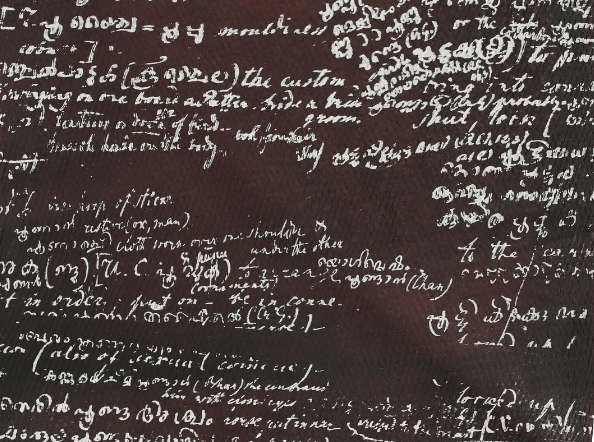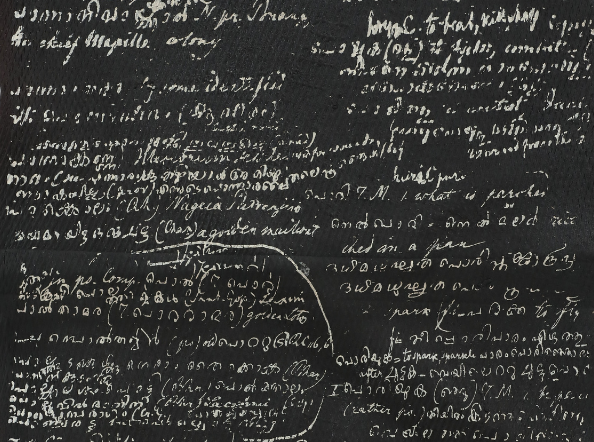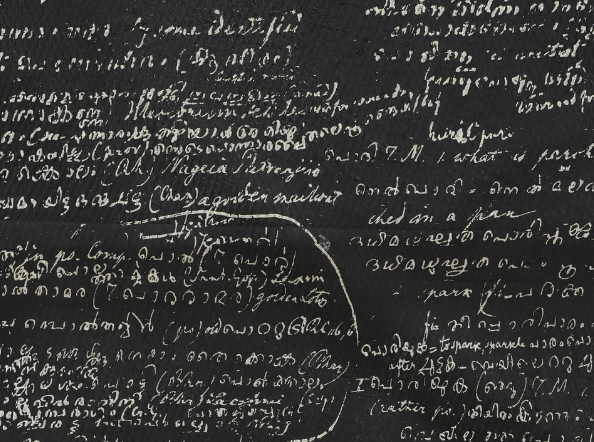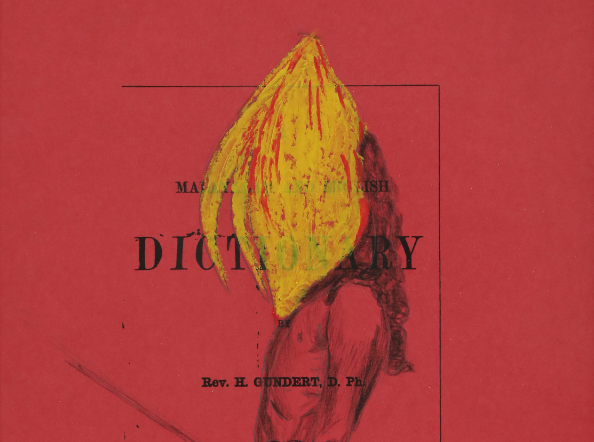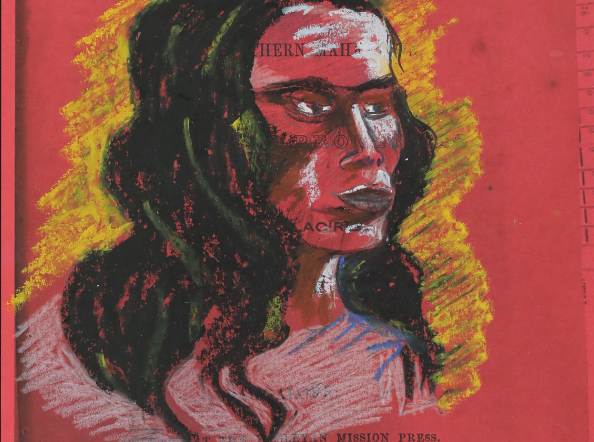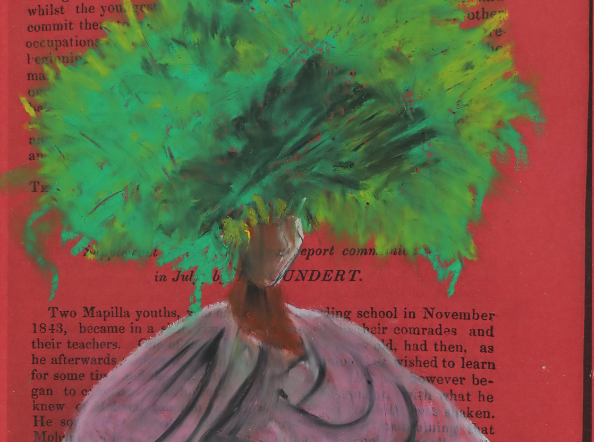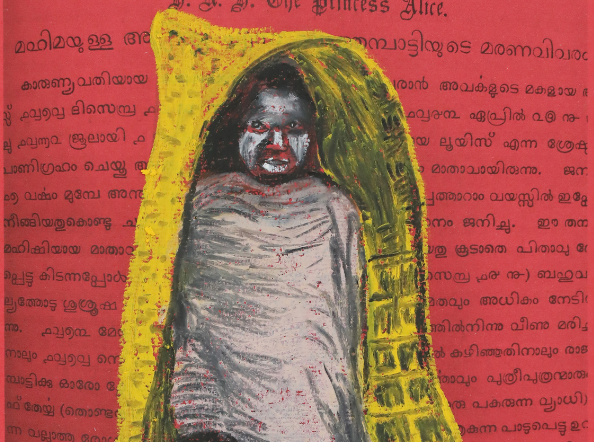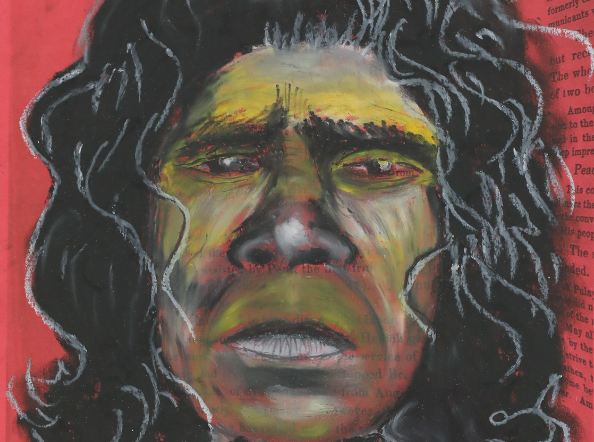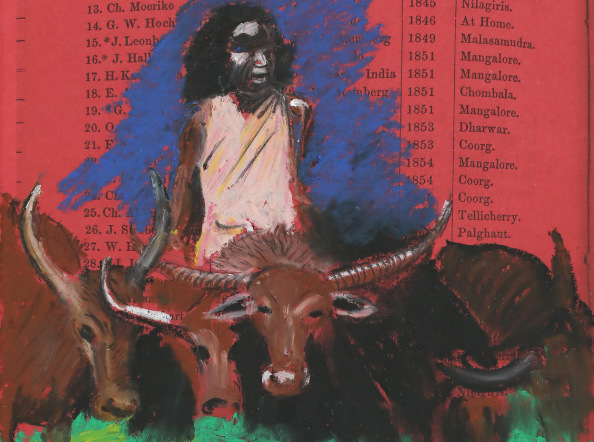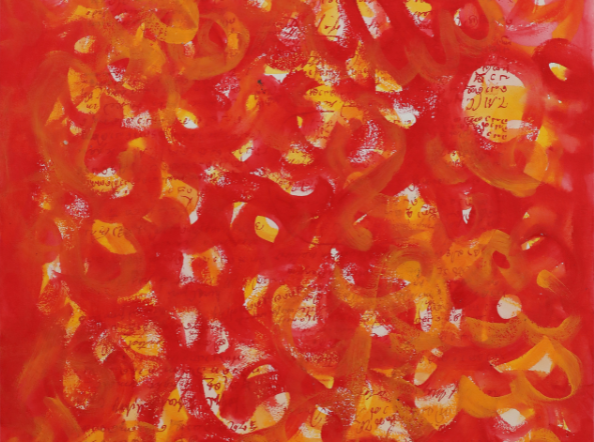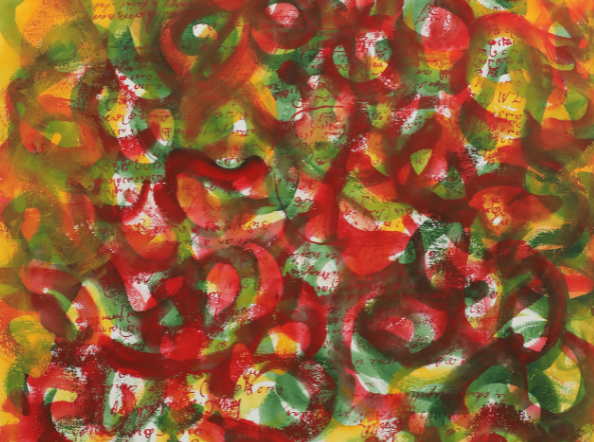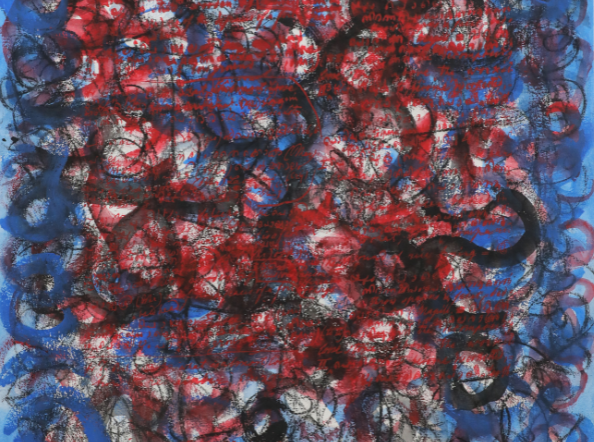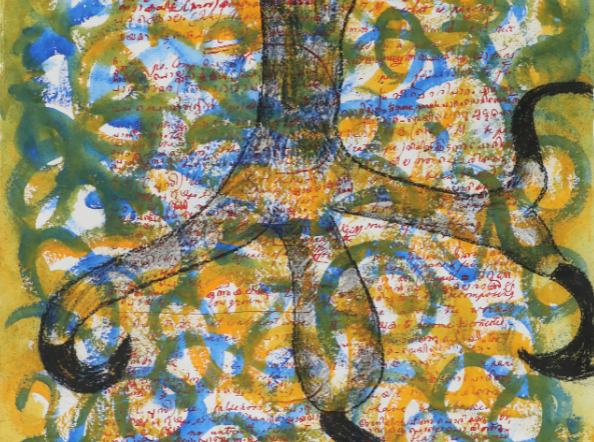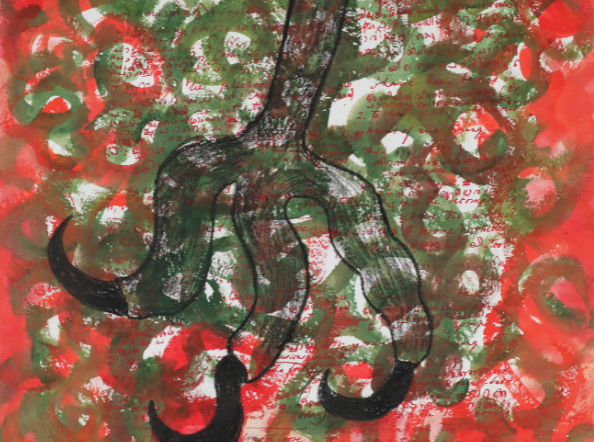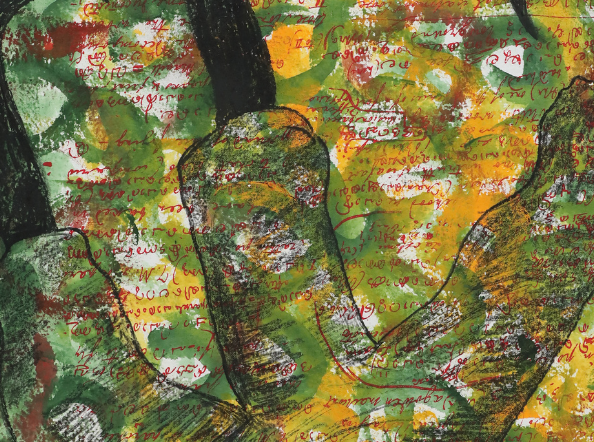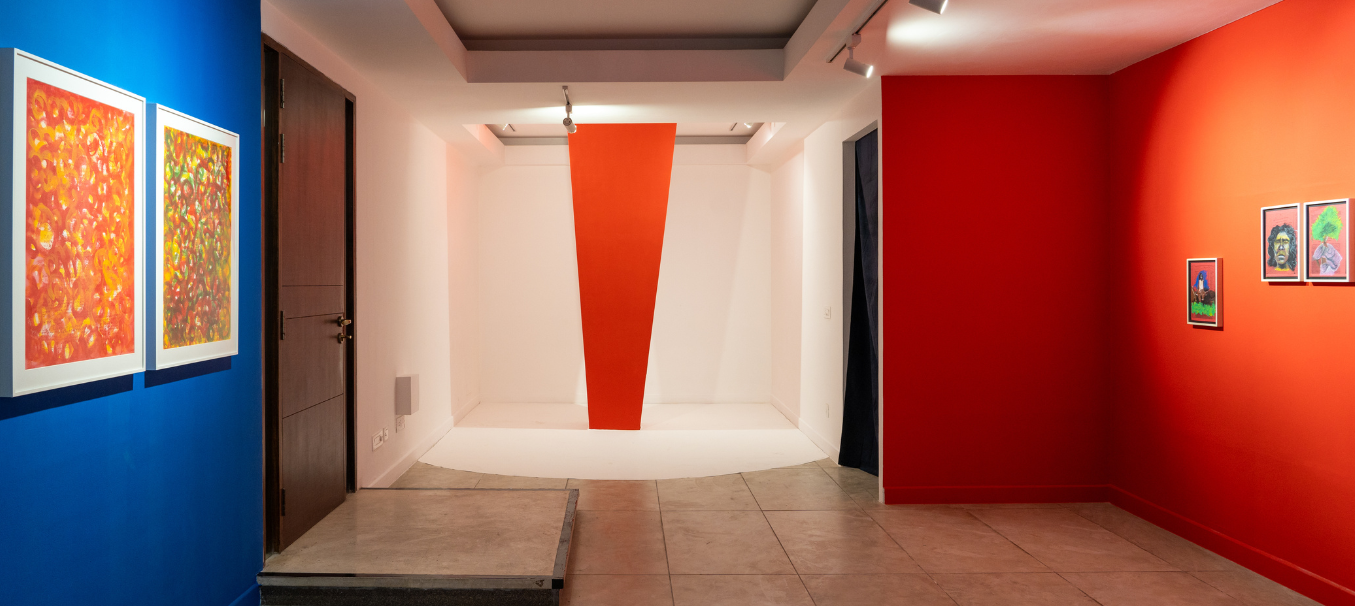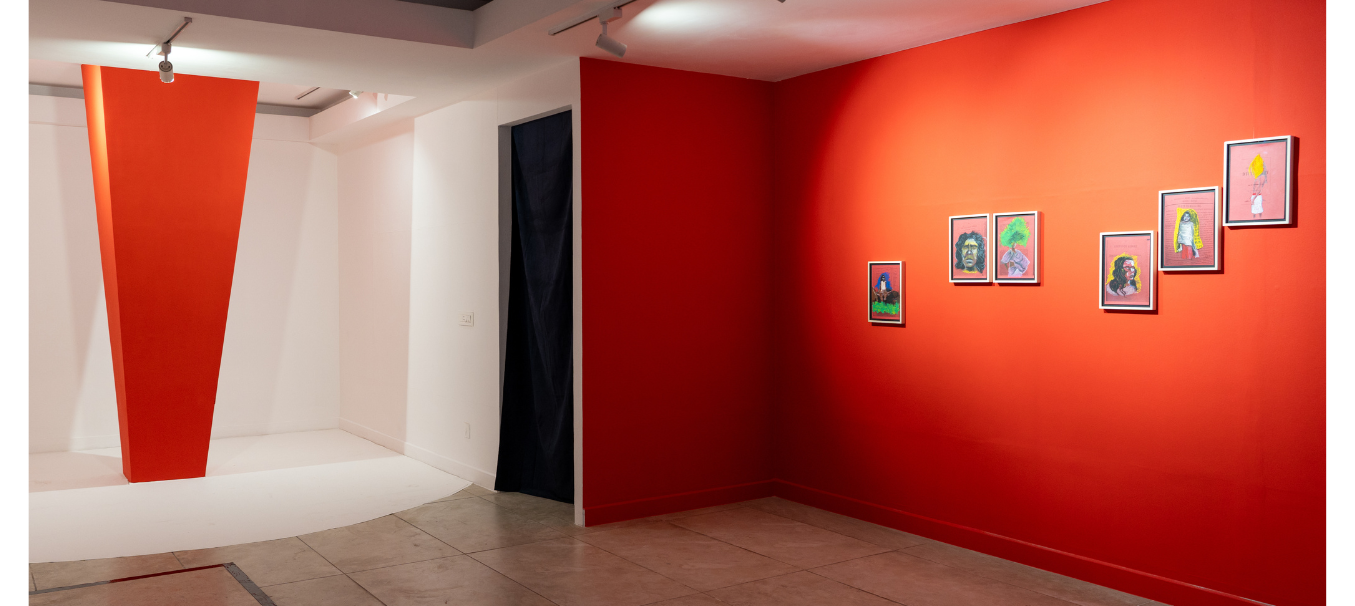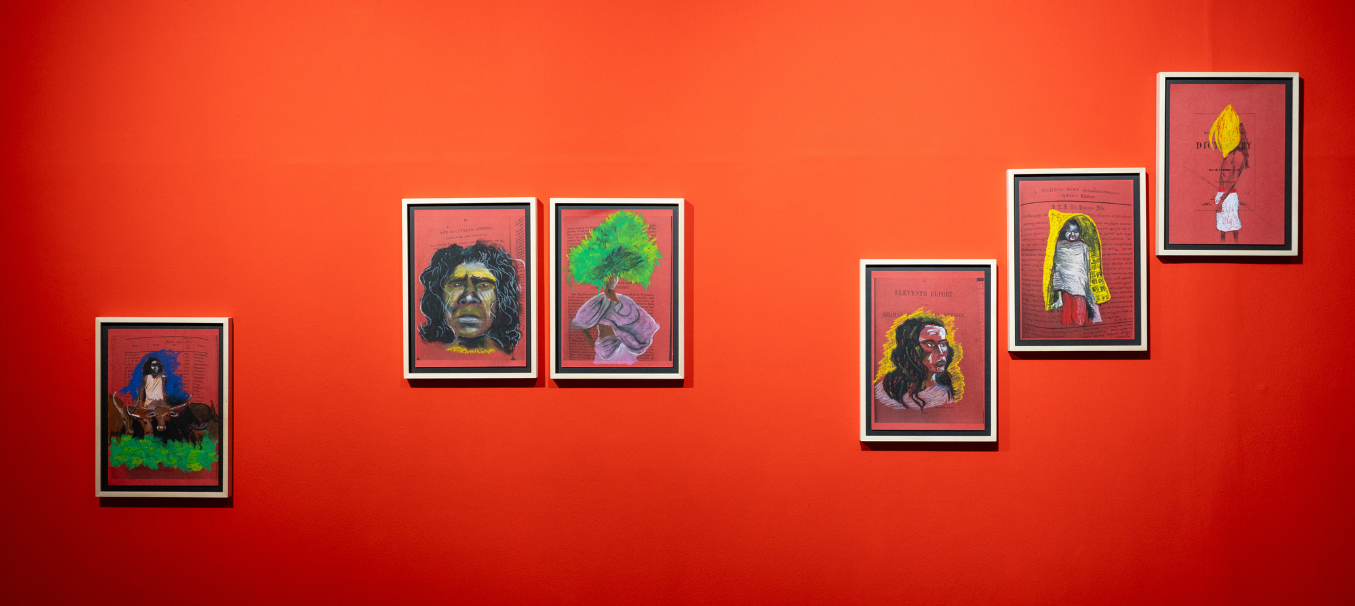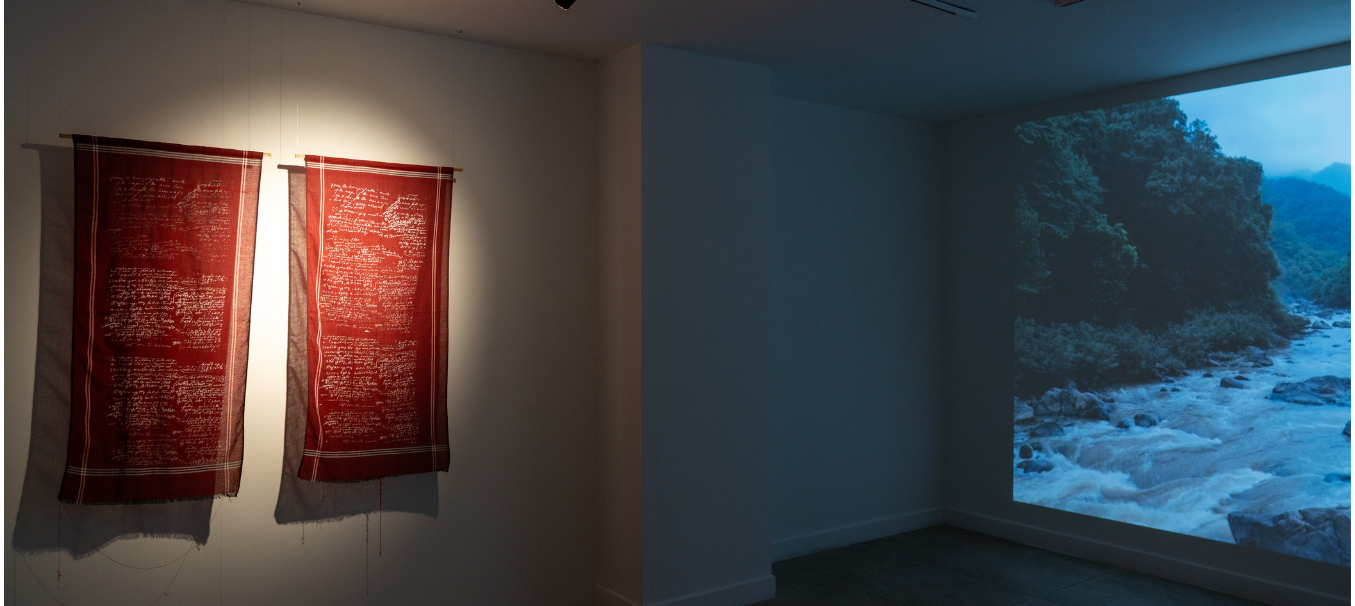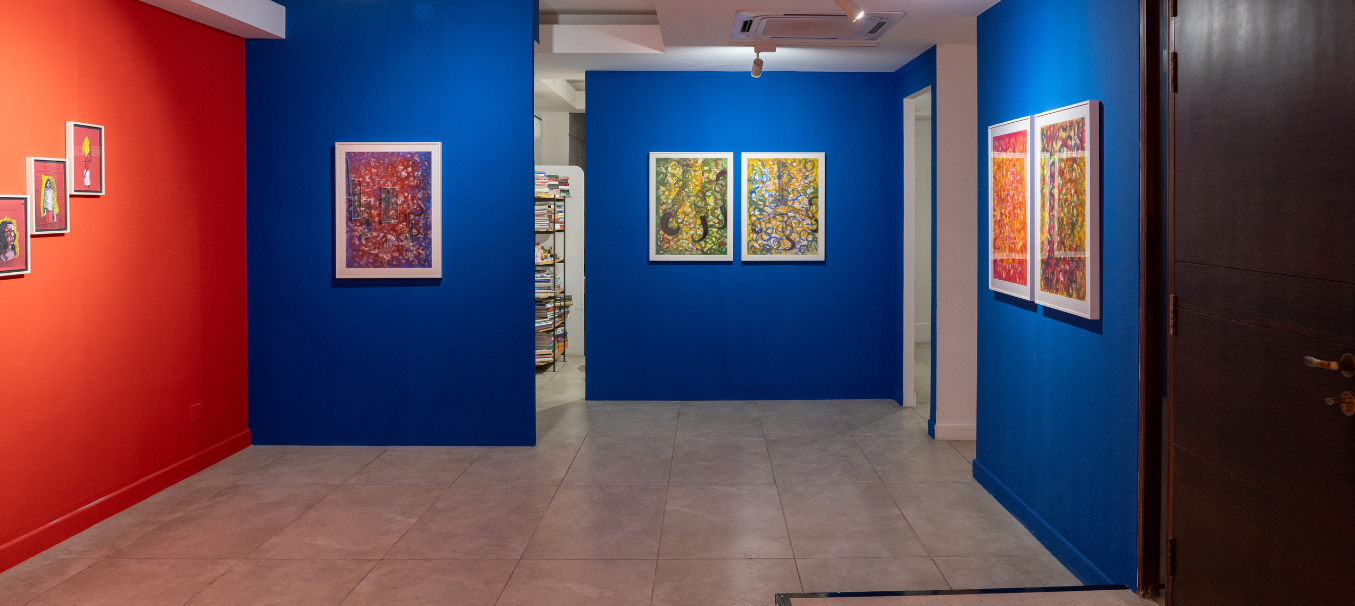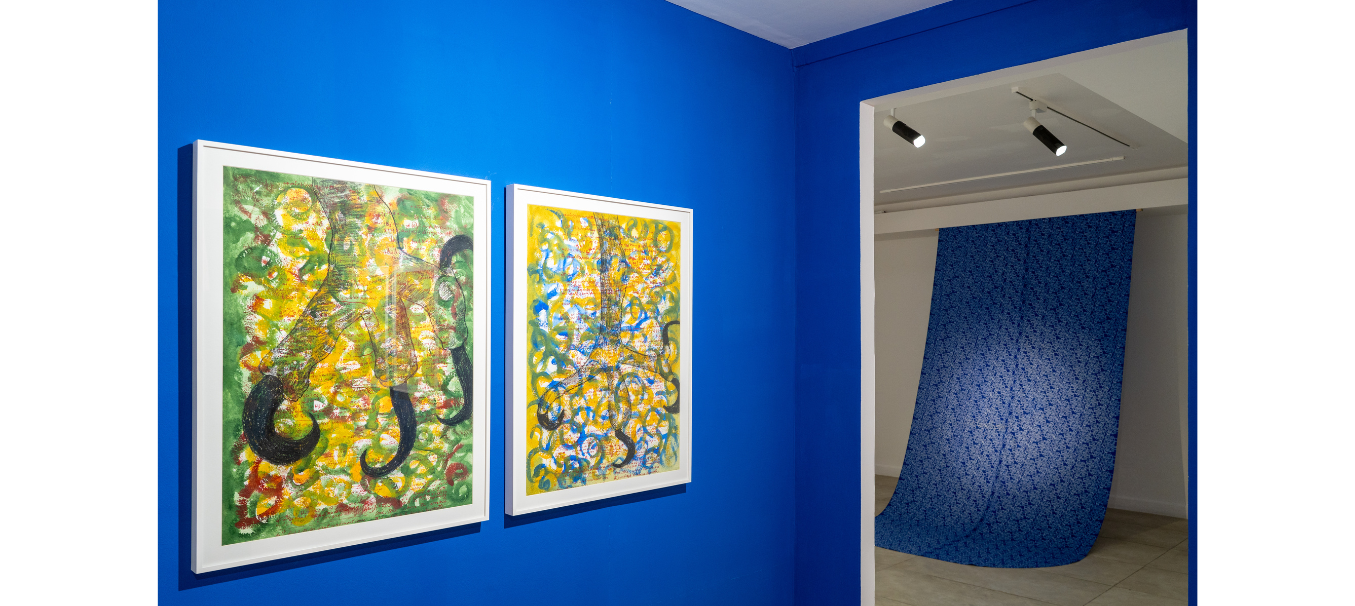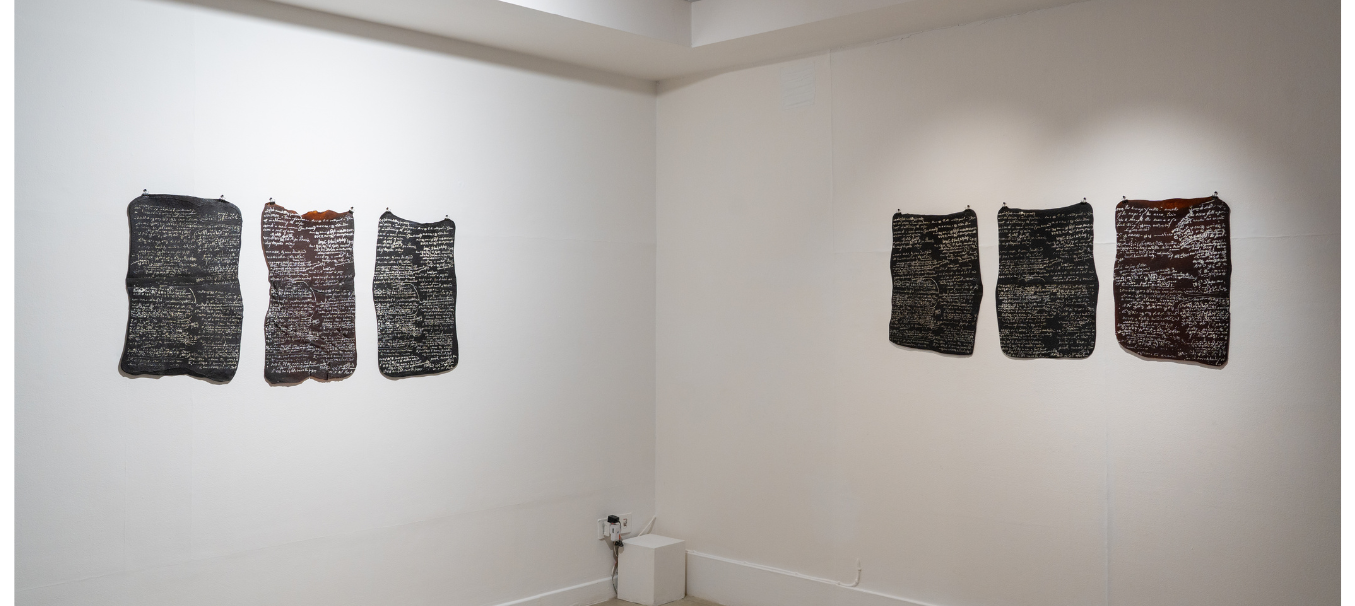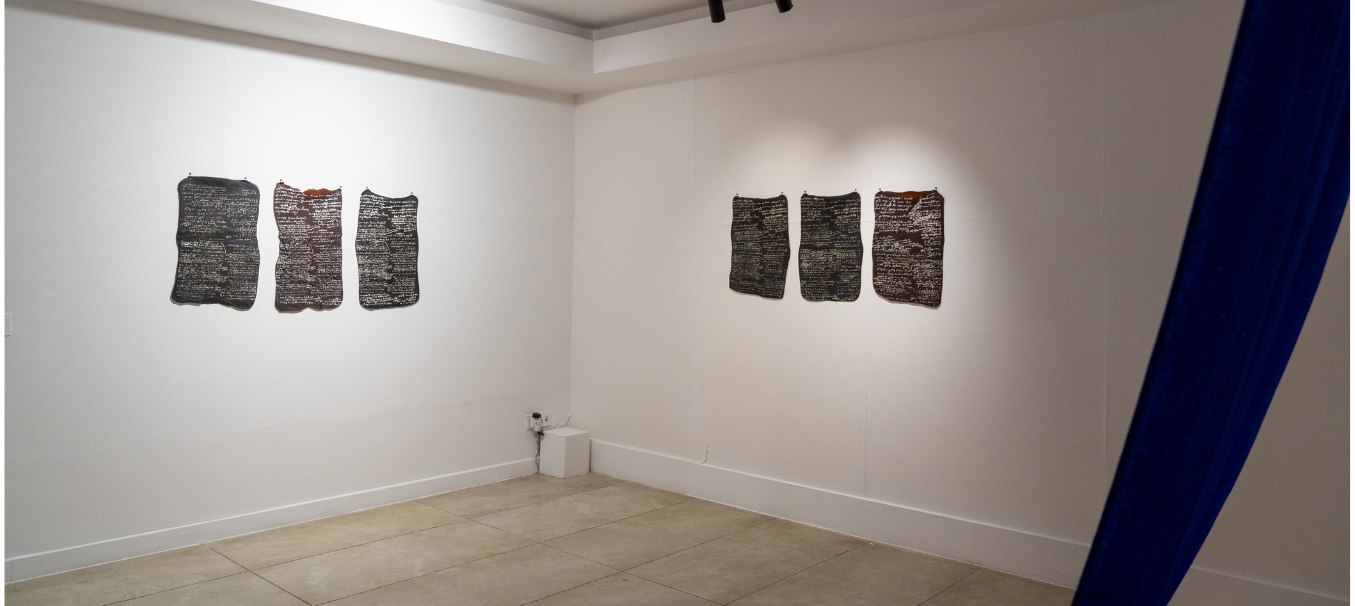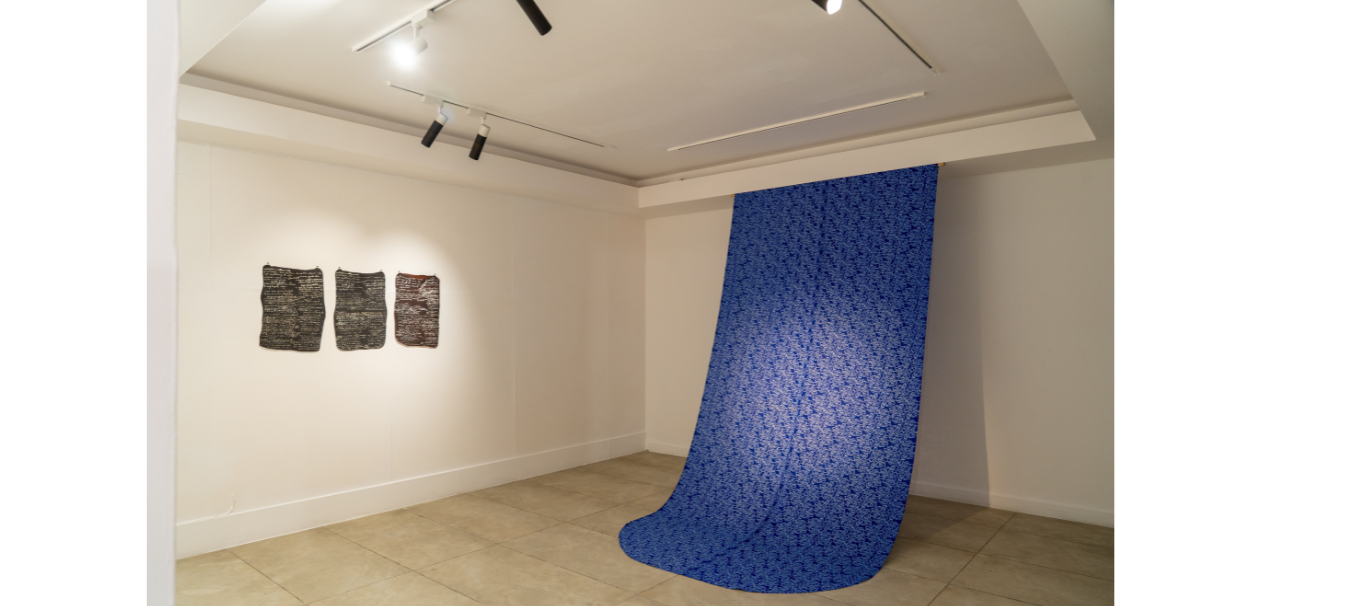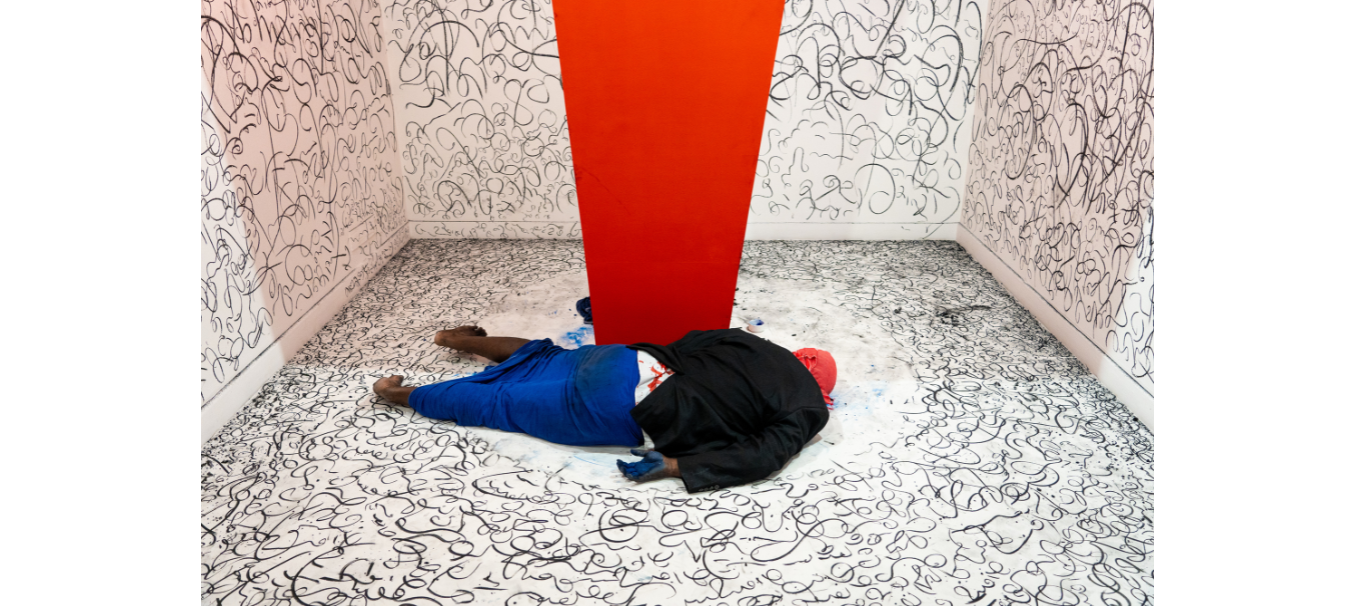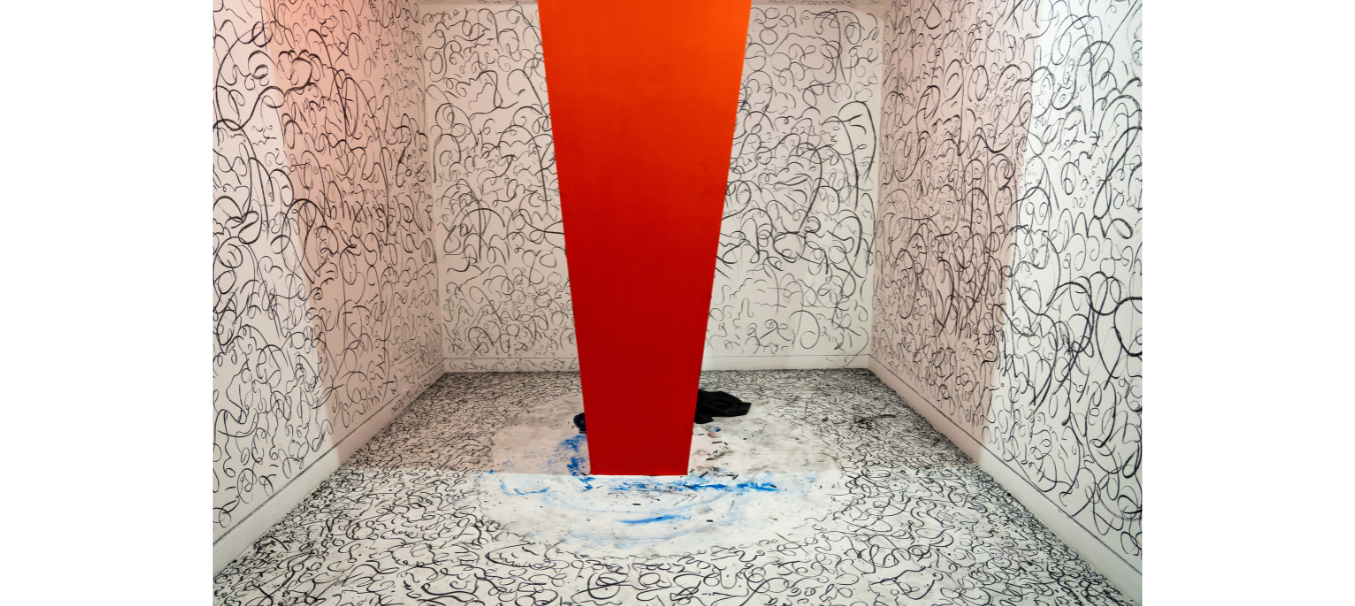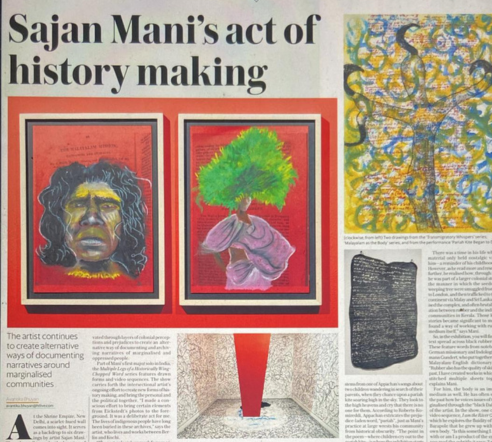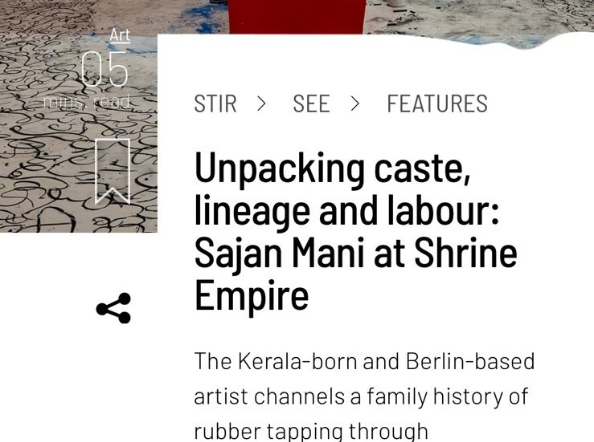-
Exhibitions
- Multiple Legs of a Historically Wing-Chopped Bird |
Solo show
- — Sajan Mani
-
![മലയാള ശരീരം / Malayalam As The Body]() മലയാള ശരീരം / Malayalam As The Body
മലയാള ശരീരം / Malayalam As The Body
-
![മലയാള ശരീരം / Malayalam As The Body]() മലയാള ശരീരം / Malayalam As The Body
മലയാള ശരീരം / Malayalam As The Body
-
![Outstretched Hands]() Outstretched Hands
Outstretched Hands
-
![മലയാള ശരീരം / Malayalam As The Body]() മലയാള ശരീരം / Malayalam As The Body
മലയാള ശരീരം / Malayalam As The Body
-
![മലയാള ശരീരം / Malayalam As The Body]() മലയാള ശരീരം / Malayalam As The Body
മലയാള ശരീരം / Malayalam As The Body
-
![മലയാള ശരീരം / Malayalam As The Body]() മലയാള ശരീരം / Malayalam As The Body
മലയാള ശരീരം / Malayalam As The Body
-
![മലയാള ശരീരം / Malayalam As The Body]() മലയാള ശരീരം / Malayalam As The Body
മലയാള ശരീരം / Malayalam As The Body
-
![മലയാള ശരീരം / Malayalam As The Body]() മലയാള ശരീരം / Malayalam As The Body
മലയാള ശരീരം / Malayalam As The Body
-
![മലയാള ശരീരം / Malayalam As The Body]() മലയാള ശരീരം / Malayalam As The Body
മലയാള ശരീരം / Malayalam As The Body
-
![മലയാള ശരീരം / Malayalam As The Body]() മലയാള ശരീരം / Malayalam As The Body
മലയാള ശരീരം / Malayalam As The Body
-
![മലയാള ശരീരം / Malayalam As The Body]() മലയാള ശരീരം / Malayalam As The Body
മലയാള ശരീരം / Malayalam As The Body
-
![മലയാള ശരീരം / Malayalam As The Body]() മലയാള ശരീരം / Malayalam As The Body
മലയാള ശരീരം / Malayalam As The Body
-
![മലയാള ശരീരം / Malayalam As The Body]() മലയാള ശരീരം / Malayalam As The Body
മലയാള ശരീരം / Malayalam As The Body
-
![Transmigratory Whispers]() Transmigratory Whispers
Transmigratory Whispers
-
![Transmigratory Whispers]() Transmigratory Whispers
Transmigratory Whispers
-
![Transmigratory Whispers]() Transmigratory Whispers
Transmigratory Whispers
-
![Transmigratory Whispers]() Transmigratory Whispers
Transmigratory Whispers
-
![Transmigratory Whispers]() Transmigratory Whispers
Transmigratory Whispers
-
![Transmigratory Whispers]() Transmigratory Whispers
Transmigratory Whispers
-
![Stretched howls]() Stretched howls
Stretched howls
-
![Stretched howls]() Stretched howls
Stretched howls
-
![Stretched howls]() Stretched howls
Stretched howls
-
![Stretched howls]() Stretched howls
Stretched howls
-
![Stretched howls]() Stretched howls
Stretched howls
-
![Stretched howls]() Stretched howls
Stretched howls
Rubber, that elastic, tough substance, revolutionised the world. On plantations spanning the imperial world of the late 19th century, its manufacture on an industrial scale introduced a product that was crucial and also cruel. Applied to transport and communication infrastructure, it brought people closer together. It equally pulled communities further apart in the way it cemented social strata in a production process that was not only gruelling but also co-opted large swathes of land. The weeping tree, a resilient species of rubber, shaped Kerala’s economy, culture and typography. An arboreal immigrant, its seeds were first smuggled from Brazil to London’s Kew Garden’s —a botanical treasure trove overflowing with specimens trafficked by colonialists— from where they were shipped out to Ceylon before arriving on Indian shores.
Sajan Mani deploys this robust material as a metaphor, historical witness and ancestral relic. The deep tracks pressed across its pliable surface bear testimony to people, including his family of rubber tappers, places and processes that are today only partially recorded in the annals of India’s history. Considered in this way, rubber is part of a social world and reflects relationships between humans, as much as it does those between humans and nature. Mani’s practice is, therefore, a form of unearthing, honouring, experiencing and advocating where the qualities of his chosen materials match the complicated task of history making. ‘The rubber’, he says, ‘is a way of exposing the interconnectivity of persons and sites in a time period where, for Dalits, the binary theory of colonialism does not work. It is equally its elastic properties and ability to stretch that is a useful for framing the way history behaves, its an agile discipline’.
A spectrum of historic figures are summoned through the various aspects of Mani’s works. The rubber, in part, evokes JJ Murphy, an Irish plantation owner and philanthropist, credited with pioneering India’s rubber trade. A man so consequential to Kerala’s fortunes that he created and named the village Yendayar. The white scrawls printing across the striated rubber are from the hand of Herman Gundert, a German Christian missionary who created the first Malayalam-English dictionary. Throughout, in Mani’s drawn forms and video sequences, is the spirit of Poykayil Appachan, a Dalit revolutionary, slave child and founder of the Prathyaksha Raksha Daiva Sabha (PRDS) and the myriad of Mani’s forebearers. These distinctive characters, with contrasting cultural values and religious impulses, can be held up as examples of the way the colonial period was, as theorist Mary Louise Pratt put it, a ‘contact zone’ with improvisational as well as intentional interactions that mutually constituted the coloniser and colonised. Each was integral to Kerala’s ecosystem be it through the capital and charity they brought to the region or the support and emancipation from caste degradation they supplied.
Mani’s practice opens up and creates new routes through Kerala’s past. He does history in a full-bodied way that, drawing on his ancestral memories along with their materials, mythologies and manuscripts, unsettles conventional modes of knowing those that came before. History, as a disciplinary practice, can have certain assumptions, around secular concepts of time, physical space, social hierarchies and statehood, baked in. As Sanal Mohan states, ‘many of the canons of modernity were set in the colonial locations of the world…In real life, the rationality and autonomy promised by modernity is articulated through the ambiguous and hybrid social relations and practices that come into being’.1 Mani’s performative video, I am the River (2023), is a proposition about the past and preservation articulated through both his and the river’s body, its banks, mangroves, crabs and birds. Slow and silent footage from Kannur captures the shimmering river Barapole and its vibrant banks of palms and evergreens. The piece dwells on the mangrove forest, planted by environmental activist Kallen Pokkudan, a man who dedicated his life to protecting and spreading knowledge of the species. Across the bottom of these lush, littoral vistas are subtitles that read like an autobiography. ‘River is multiple, complex and fluid’, ‘I was born out of Western Ghats or maybe from the star dusts’, the captions state.
Mani’s animism connects with the poetry of Appachan. In particular, his stirring verses that reference the pariah kite, that black species that seems to overrun India’s cities today.
The kids looked up to the high heavens and cried
Nobody for us, they wept
Then they saw a Pariah Kite soaring high up in the sky
…
Then the Pariah Kite came down and down
It landed near them
It roosted near them
It began to talk to them
The term, pariah, is pointed and, historically utilised to describe the Dalit community, connotes the degradation associated with the caste system. Appachan extricates the prejudice laden word from such meaning just as Mani’s practice at large wrests his community from historical obscurity. Today, in Kerala, there are public memorials and institutions created in posthumous dedication to Murphy and Gundert but none to Appachan. Mani’s work is then a commemoration of both him and perhaps the perspectives that continue to limit the present.
-Text by Dr Cleo Roberts-Komireddi
1 Sanal Mohan, P. (2005). ‘Religion, Social Space and Identity: The Prathyaksha Raksha Daiva Sabha and the Making of Cultural Boundaries in Twentieth Century Kerala’, South Asia: Journal of South Asian Studies, n.s., Vol.XXVIII, no.1, p37.
